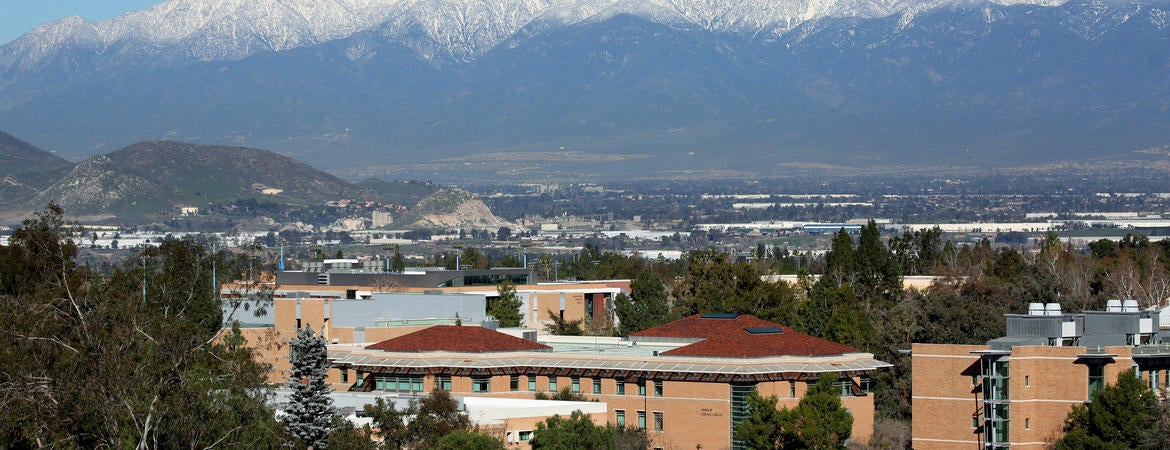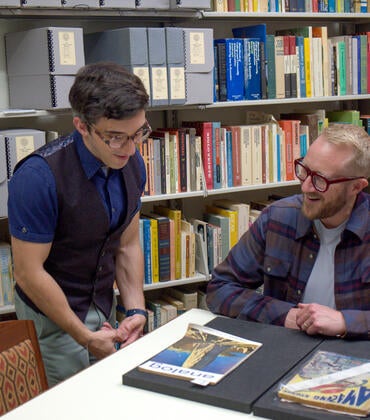How does UC Riverside prepare for what it could look like in 2035?
That is the question that campus planners hope to answer as they craft UCR’s next Long Range Development Plan (LRDP).
It's one of two vital documents that will shape the university’s future that are in the process of being updated. UC Riverside will also be creating a new strategic plan that will outline specific goals that will drive future budget priorities and operations.
The Long Range Development Plan document, which the UC Regents require of each campus, does not plan for specific projects or provide a timeline for when they will be built. Instead it forecasts anticipated development, future student enrollment, and campus operations.
Based on these forecasts, the plan then assesses the future land use and development of facilities, roads and parking, open space, and infrastructure needed to support the anticipated growth. A detailed environmental analysis of those assumptions will be conducted as part of the planning process.
“It looks broadly at the campus growth options in order to allow us to take advantage of future opportunities that might come our way,” said Gerry Bomotti, vice chancellor for Planning, Business, and Administration.
The plan gives the campus the flexibility to grow as needed and be ready for opportunities such as capital funds for new building construction if they become available, Bomotti said.
The Long Range Development Plan helps support the strategic plan priorities by identifying areas for potential growth – such as where to build, what types of facilities and how many students the campus can support.
Since its founding in 1954, the campus has created such plans at key stages of its growth, most recently in 2005. That plan, which was updated six years later, set the stage for preparing the campus for a student enrollment of 25,000, which it is now close to reaching. In fall 2018, student enrollment hit 23,922.
The new plan will look ahead to 2035 when current enrollment models project a student population of up to 35,000, said Uma Ramasubramian, UCR principal physical planner.
UCR Campus Planning has created a website with information on the process in which faculty, staff, and students are invited to take part in an online survey.
Meetings during which the campus can learn about the process and offer input are planned through June. A student focus group was held March 4 while one for graduate students was held this week. Additional opportunities for campus involvement are in the works.
In an example of the type of issues the plan will explore, students at the first focus group were asked to indicate their preferences on questions such as whether on-campus housing is preferred over off-campus, and if they prefer more online classes.
Planners say they are in the information-gathering stage of the plan and will eventually put together a draft report by the end of the summer.
That will be followed by the preparation of an environmental impact report, or EIR, that will assess the proposed plan’s potential environmental impacts in 20 defined topic areas as required by state law.
The environmental report will take approximately 18 months to complete, followed by possible revisions. Changes could be made to the plan before it is presented for adoption to the UC Board of Regents, which is anticipated in Spring 2021.
The team overseeing the plan process includes a steering committee, project management team, executive committee, a planning consultant and seven working groups looking at different facets of the plan.




